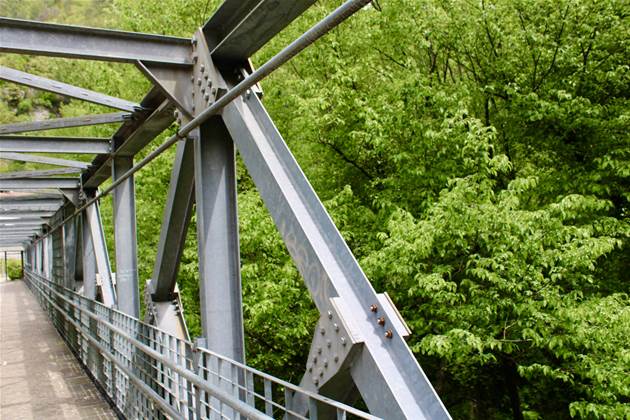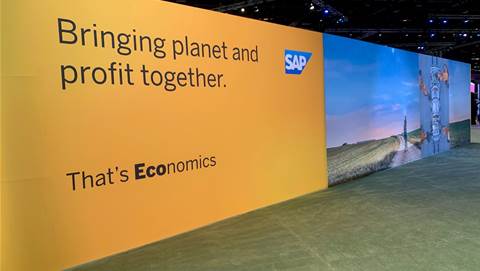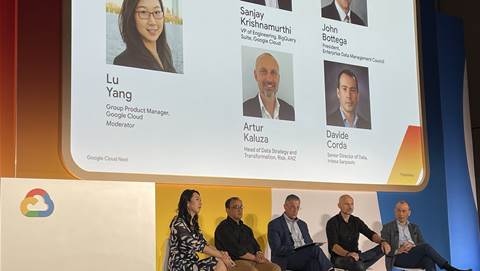While green steel delivers great promise for sustainably transforming the construction industry in Australia, commercialisation challenges are holding it back.
Australia mines more than half the world’s iron ore according to CSIRO, and Science Direct reveals that seven percent of global GHGs are emitted as a result of turning iron ore into steel.
Iron ore giant Fortescue Metals Group last year embarked on a journey to transform the resources company into a renewable energy company and make emissions-free steel in Australia, spearheaded by the formidable Andrew ‘Twiggy’ Forrest, Fortescue Metals Group non-executive chairman and former CEO.
However, Australia’s largest construction and development companies have not yet placed their orders for the widescale adoption of green steel.
According to Daryl Patterson, chief product officer at Lendlease Digital, “As yet we have not used green steel on any of our projects as, in this country at least, we're waiting on the commercialisation of it as a product.”
Patterson told Digital Nation Australia that the green hydrogen industry in Australia is not yet mature enough to meet its needs.
“For green steel to be available to us in Australia, there are a number of things that need to take place. It's highly dependent on the availability of hydrogen and that hydrogen needs to be made from renewable energy. There should also be a replacement for some of the base coal load, as we're seeing from research where this could take place with other materials like car tires, so that has to have some scale to it,” he said.
“But I think most fundamentally, for those things to happen, there needs to be a market created for that green steel. And that's really our focus is being the market for it, being a recipient of it.”
In an earlier interview with Digital Nation Australia discussing sustainable construction, Laing O’Rourke’s hub sustainability leader Sam Donaldson recognised the significance of green hydrogen, and therefore green steel, in transforming the construction industry.
“I certainly see that green hydrogen has a huge part to play in the construction industry, particularly to try and abate those hard to abate areas in the construction industry, such as steel manufacturing. So, I see that at the moment as a key opportunity that green hydrogen can play a huge role in,” said Donaldson.
“I still see it as more of an emerging market at this stage. So, I think it needs to go through a huge amount of scaling up to make it a more commercial product in Australia.”
Digital Nation Australia spoke to Michael Masterman, CFO at Fortescue Future Industries who agreed that commercialisation and scale are the biggest barriers for widescale Australian green steel production.
“There are still some cost issues there,” he said.
The green steel opportunity
Masterman insisted that there is enormous opportunity in Australia in combining renewable energy with iron ore, to create green iron, or green steel.
“We're the leading exporter globally of iron ore. We’re in a location which has the best solar and wind in the world. We're a natural winner. And we've got this long history of successful development of global seaborne exports,” said Masterman.
“We were in Japan last May and the first meeting we had was with the second-largest steel mill in Japan. And they said, ‘Don't send us hydrogen, send us green iron ore.”
Masterman believes that the state and federal governments have a role to play in fast-tracking green steel production in the nation. By way of example, he highlighted the need to reform the Land Act in order to allow for renewables on pastoral leases.
“A lot of it comes down to the policies of all the governments in Australia to be able to be practical with solutions that can move through the approvals in a strong ESG way,” he said.
“In some states, that legislation is very antiquated.”
Hydrogen’s role in decarbonisation
Mendo Kundevski, director energy transition at S&P Global spoke in a fireside chat with Masterman at the S&P Global Sustainable1 Summit in Sydney last week.
According to Kundevski, “[Hydrogen] is getting attention because of the need to decarbonise those traditionally harder to abate sectors, industrial applications, heavy industry and transportation.”
Kundevski said that early impressions of S&P Global’s analysis of the promise of hydrogen in contributing to the global decarbonisation effort reveals that in Australia by 2030 there will be marginal abatement through the use of hydrogen, but by 2050 it could contribute to 10 percent of the nation’s greenhouse gas abatement task.
The global aspiration is for hydrogen to contribute to 20 percent of the decarbonisation task said Kundevski.
According to Lendlease Digital’s Patterson, Australia has a huge opportunity in scaling up green steel production.
“For a long time, we've been looking at the use of recycled steel, and that's been very important to our work to date in decarbonising. But that doesn't take us far enough. And to really get the emissions down to where we need them, we're going to need technology like green steel to get there,” said Patterson.
“We export some 900 million tonnes of iron ore, and we manufacture a mere 5.5 million tonnes of steel. So, the potential to scale it up and serve the industry is truly enormous. How fast that happens, I think, with some very significant deadlines pending for the industry in this country and overseas, we'd like to see significant progress within the next five years,” he said.




.png&h=140&w=231&c=1&s=0)


 iTnews Executive Retreat - Security Leaders Edition
iTnews Executive Retreat - Security Leaders Edition












_(1).jpg&h=140&w=231&c=1&s=0)



